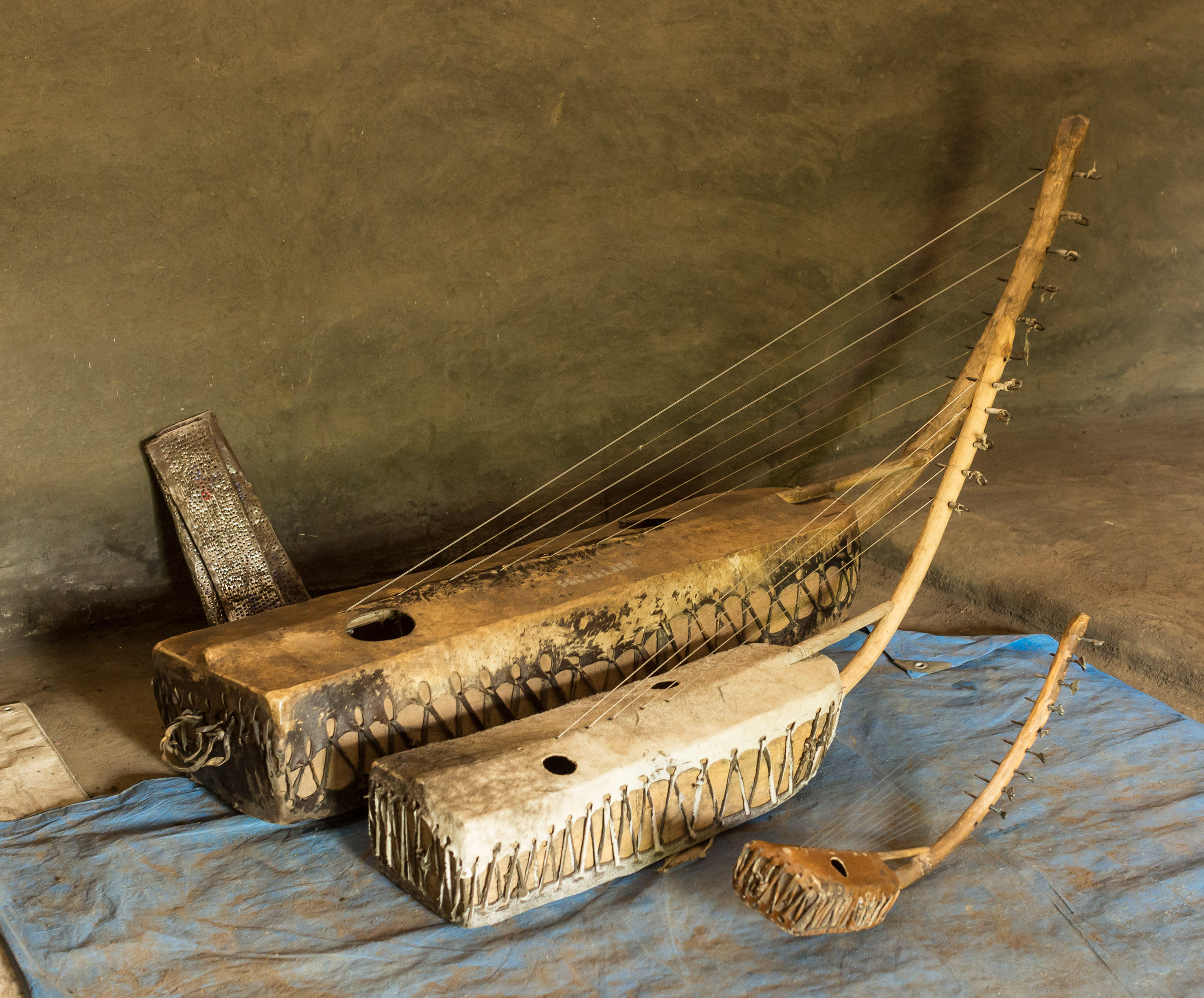Adungu on:
[Wikipedia]
[Google]
[Amazon]
 The a'dungu, also called the ekidongo or ennenga, is a
The a'dungu, also called the ekidongo or ennenga, is a
 The a'dungu, also called the ekidongo or ennenga, is a
The a'dungu, also called the ekidongo or ennenga, is a stringed musical instrument
String instruments, stringed instruments, or chordophones are musical instruments that produce sound from vibrating strings when a performer plays or sounds the strings in some manner.
Musicians play some string instruments by plucking the st ...
of the Alur people
Alur are a Nilotic ethnic group who live in northwestern Uganda and northeastern Democratic Republic of the Congo (DRC). They are part of the larger Luo group.
In Uganda, they live mainly in the Nebbi, Zombo, Pakwach and Arua districts, whi ...
of northwestern Uganda
}), is a landlocked country in East Africa. The country is bordered to the east by Kenya, to the north by South Sudan, to the west by the Democratic Republic of the Congo, to the south-west by Rwanda, and to the south by Tanzania. The sou ...
. It is an arched harp
An arch is a vertical curved structure that spans an elevated space and may or may not support the weight above it, or in case of a horizontal arch like an arch dam, the hydrostatic pressure against it.
Arches may be synonymous with vault ...
of varying dimensions, ranging from seven to ten strings or more.
The physical form of the a'dungu African harp
African Harps, particularly arched or "bow" harps, are found in several Sub-Saharan African music traditions, particularly in the north-east. Used from early times in Africa, they resemble the form of harps in ancient Egypt with a vaulted bo ...
derives from uniquely African origins. The instrument is made of a hollowed-out slab of wood, which is covered by two pieces of leather, woven together in the center. The upper piece of leather functions as a soundboard, and a wooden rib supports it, serving also as a structure to secure the strings to the soundboard. A curved wooden neck, containing a tuning peg for each note, is inserted into the end of the instrument's body. The strings run diagonally from the tuning pegs in the neck to the rib in the center of the body.
The musical form commonly known as ''adungu music'', is tuned to the diatonic major scale
In music theory, a diatonic scale is any heptatonic scale that includes five whole steps (whole tones) and two half steps (semitones) in each octave, in which the two half steps are separated from each other by either two or three whole step ...
of classic European music and bears the influence of the British presence in Uganda. The a'dungu may be played alone, in an ensemble, or as vocal accompaniment. The instrument appears in various sizes that can be loosely categorized into soprano, alto, tenor, and bass. A'dungus are often played in quartets or quintets. The strings of the bass a'dungu are tuned only to the pitches of the tonic triad, and more notes can be played by placing the finger on a string any distance from the neck to raise the pitch. The tenor, alto, and soprano a'dungus are tuned to the pitches of a diatonic major scale. The bass and tenor instruments are played on the ground, while the alto and soprano are played held against the chest.
Tuning is not standardized, and players will usually tune by ear to each other shortly before a performance. The a'dungus are not in a particular key, and the tonality
Tonality is the arrangement of pitches and/or chords of a musical work in a hierarchy of perceived relations, stabilities, attractions and directionality. In this hierarchy, the single pitch or triadic chord with the greatest stability is ca ...
can be adapted to the preferences of the performers.
The a'dungu is generally not used melodically, and instead outlines chords
Chord may refer to:
* Chord (music), an aggregate of musical pitches sounded simultaneously
** Guitar chord a chord played on a guitar, which has a particular tuning
* Chord (geometry), a line segment joining two points on a curve
* Chord ( ...
. Generally, a single note is played at a time on the bass and tenor instruments, while the alto and soprano a'dungus are used to play triads. In performance, complex arpeggiation
A broken chord is a chord broken into a sequence of notes. A broken chord may repeat some of the notes from the chord and span one or more octaves.
An arpeggio () is a type of broken chord, in which the notes that compose a chord are played ...
gives simple tonal chord progressions an energetic, sometimes syncopated rhythmic drive.
Modern performers adept with the adungu include the native Ugandan musician James Makubuya and the American artist Crystal Bright.
References
Arched harps Ugandan musical instruments African musical instruments {{Harp-stub